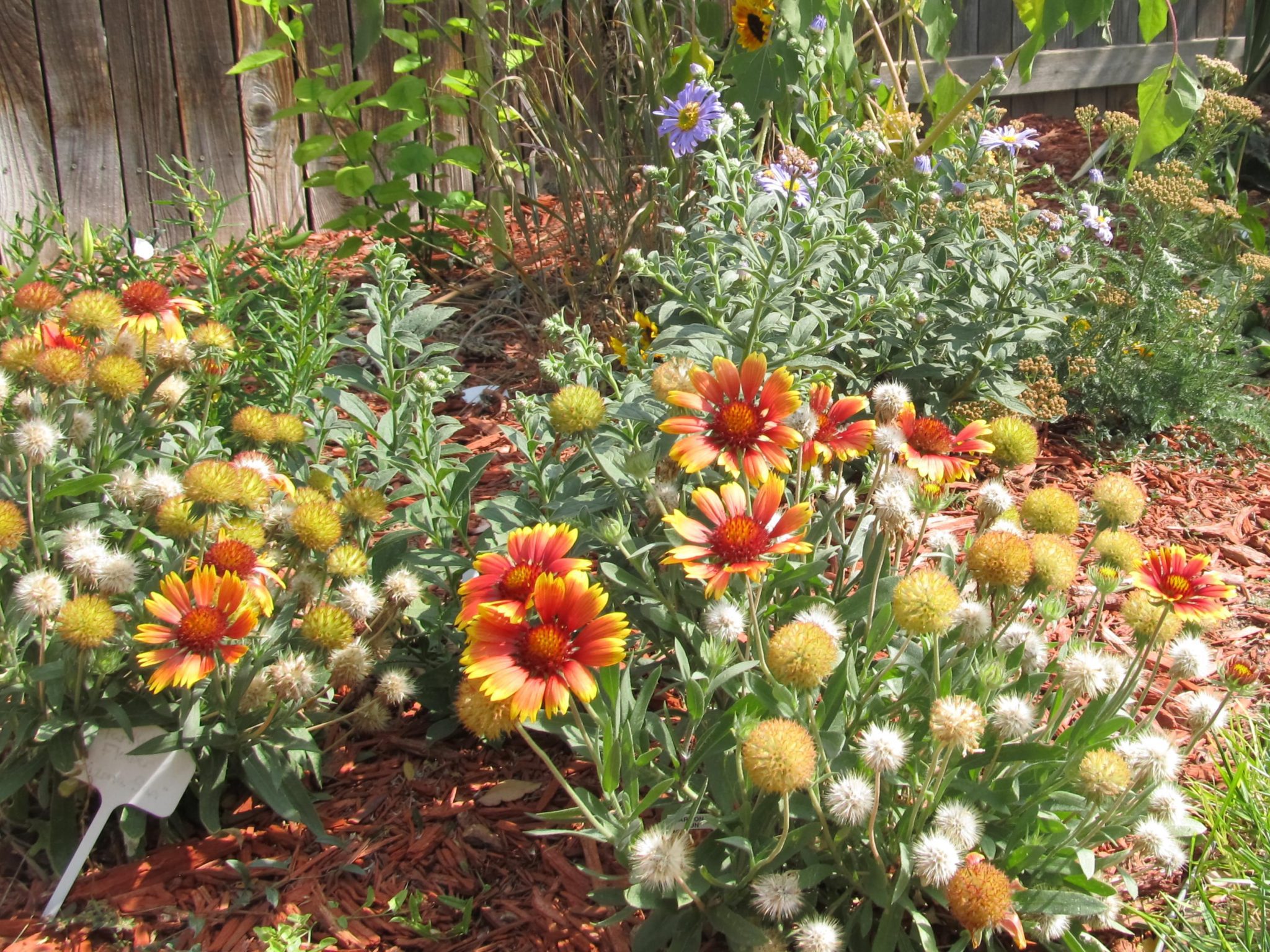
Judging by what I’ve read in gardening books and magazines over the years, pastel colors in the garden are what every ornamental gardener should aim for. Supposedly, pastel colors make for soft and subtle effects in the garden, and thus create a sense of harmony.
For those of us who garden in the American West, I must reply: rubbish and other such strong language. Out West, bolder and brighter is the way to go.
But first, a little exposition
I enjoy watching BBC’s “Gardeners World”, especially the segments that take place in the garden of Monty Don, the show’s host. Ol’ Monty and his wife live in Herefordshire, England, on a plot of land they call ‘The Gardens at Longmeadow‘. Because Longmeadow is so large, Monty has broken it up into smaller sections or “rooms” (check out his garden here: Longmeadow — Monty Don) to make it more manageable.
While a large portion of his landscape is dedicated to edible gardening, he does have quite a few ornamental borders. But many of his ornamental gardens are predomintly pastel. In fact, he has a section he calls “the white border” that is completely devoted to white and light pink flowers! While I will admit his ornamental borders look absolutely phenomenal, and ones I am envious of, the fact is that most of them fail to enthrall me.
Except for one: he has named one border the “jewel garden”. And, as you can imagine by the name, this border is full of blooms of intense hue and tint. And, because I am a fan of strong colors in my own garden, this border is my favorite. It is much like the one that I am attempting to create in my own landscape.
Color wheel gardening
There are a couple of reasons why I like strong colors in my garden. For one, I am not afraid of color. In fact, I like colors that punch me in the eyeballs. I think many gardeners are afraid that plants with bright colors because they fear they will “clash”. These are gardeners are the ones most likely to use a color wheel to ensure their garden “harmonizes”. Thus, they end up with a garden that looks a lot like the decor in our houses: various shades of beige.
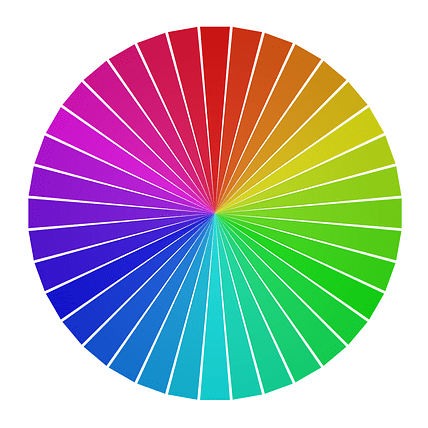
Perhaps it is because I grew up on the high prairie that borders the Rocky Mountains that I am not inclined to worry too much about colors clashing. On the prairies of the West, plants of all hues and tints grow near one another and the effect is pure magic. Nature doesn’t use a color wheel, and for the most part, neither do I. I’m not going to say I don’t try to incorporate color wheel techniques, but I am not one to follow the method slavishly.
The sun is a harsh mistress
That brings me to my other reason for preferring bright colors: out here in the American West, landscaping with bright colors is practically a requirement if the gardener wants to create any impact at all.
The East and South have much higher humidity levels in the atmosphere than we do out West. All that moisture in the air tends to create a “haze” that diffuses and softens light from the sun. This softer sunlight allows pastel colors to separate themselves and stand out. It allows these paler colors to truly shine.
Those regions are generally at much lower altitudes than we are out here in the West. This means the atmosphere is a bit thicker in those regions, which also contributes to less intense sunlight.
(As an aside, I have read several articles over the years that state one of the joys of autumn gardening in the East is that with cooler temperatures the humidity drops, which leads to the haze dissipating. One side effect of this is that the sky suddenly turns a bright clear blue. The descriptor “cobalt blue” is used quite often in these articles. Heck, in most places out here in the West, the sky looks like that most days of the year!).

Not so out West; due to the lower humidity levels and the higher elevations that we have throughout most of the West, the sun here is very bright and intense. One might even say it is downright harsh. And that intense sunlight tends to wash-out pastel colors. All those subtle colors of pink, yellow and blue get bleached out and turn the garden borders into giant blobs a shade of dirty-white .
Nope, out here in the West, color saturation is a gardeners friend.
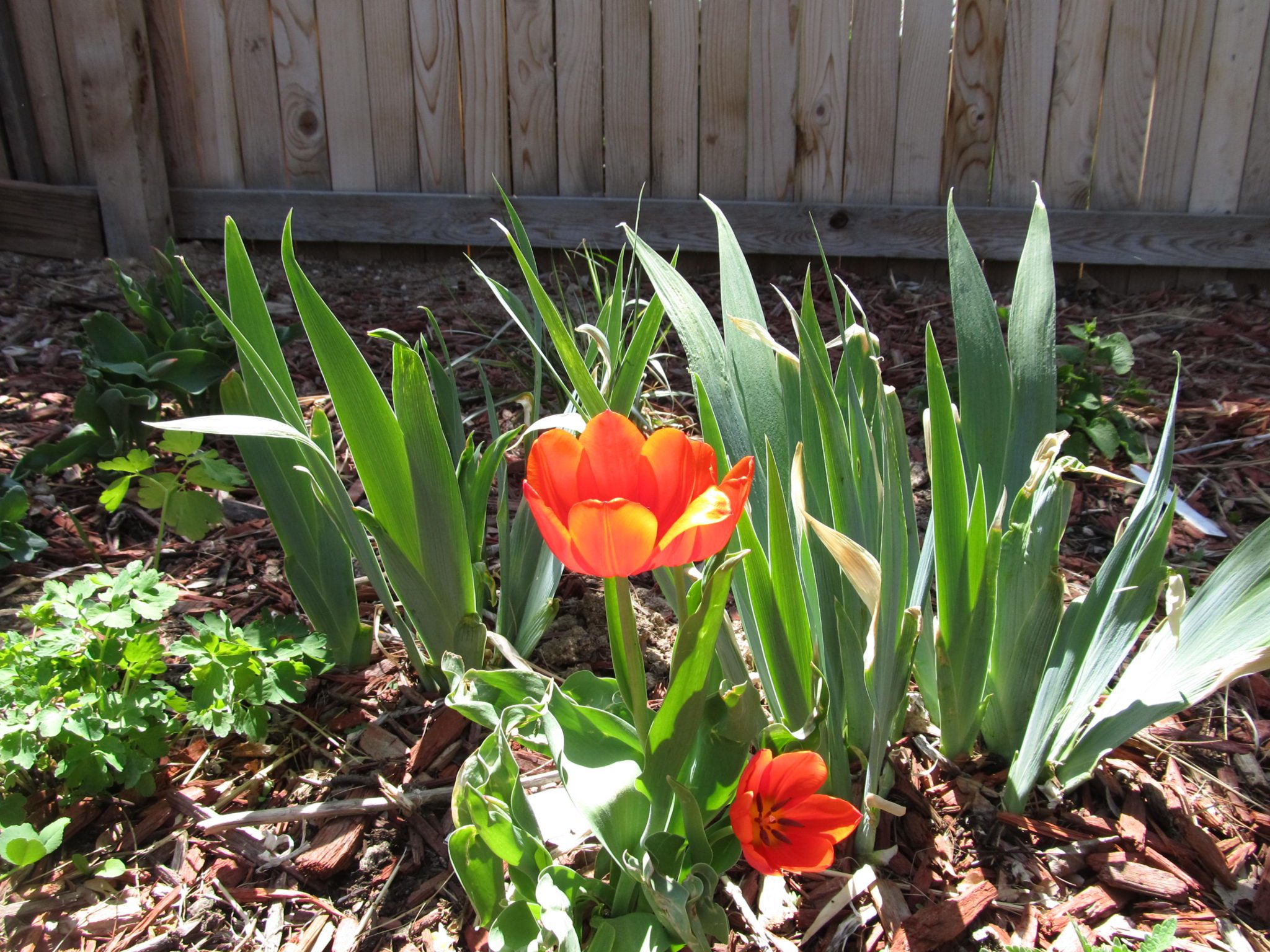
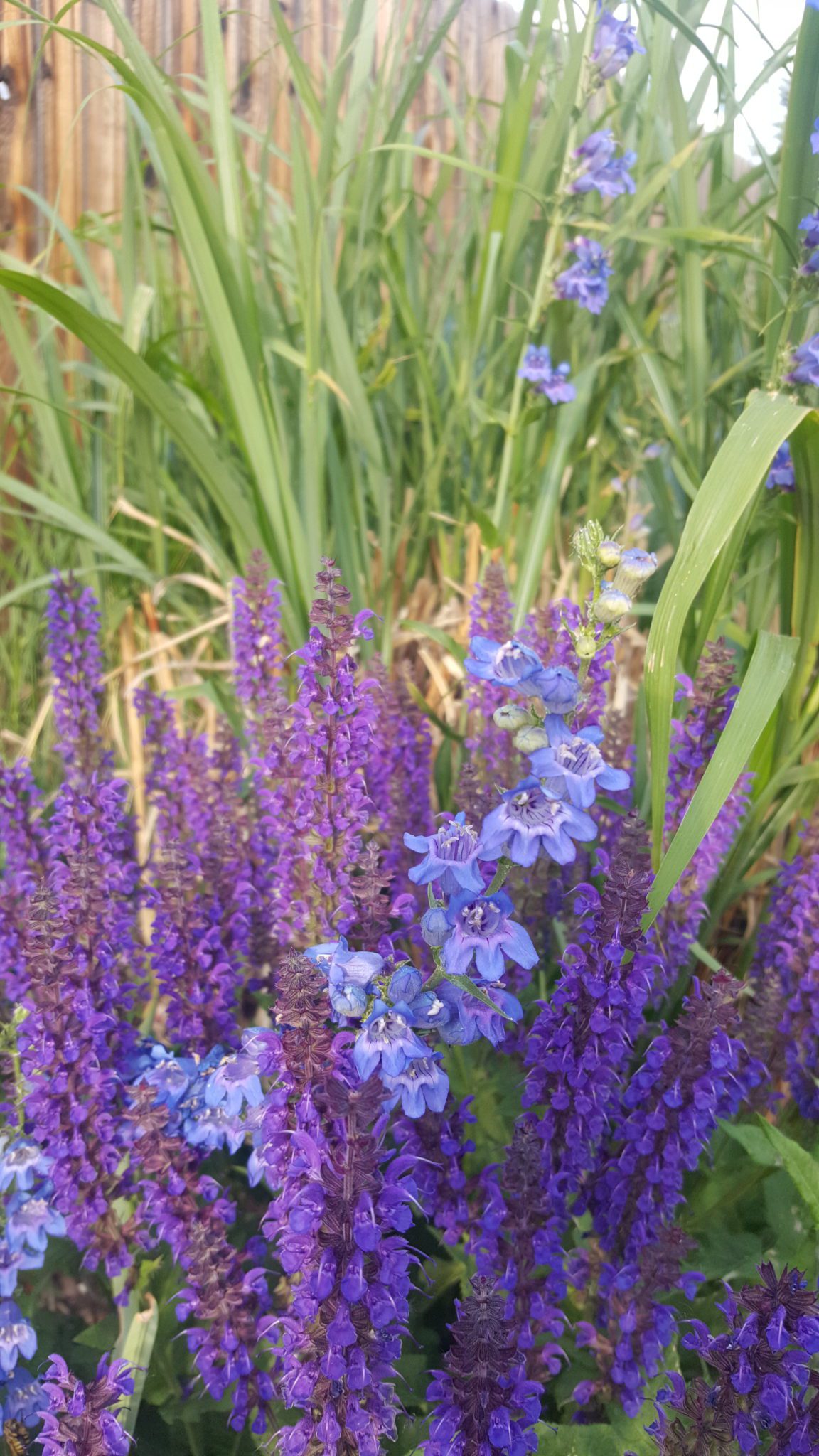
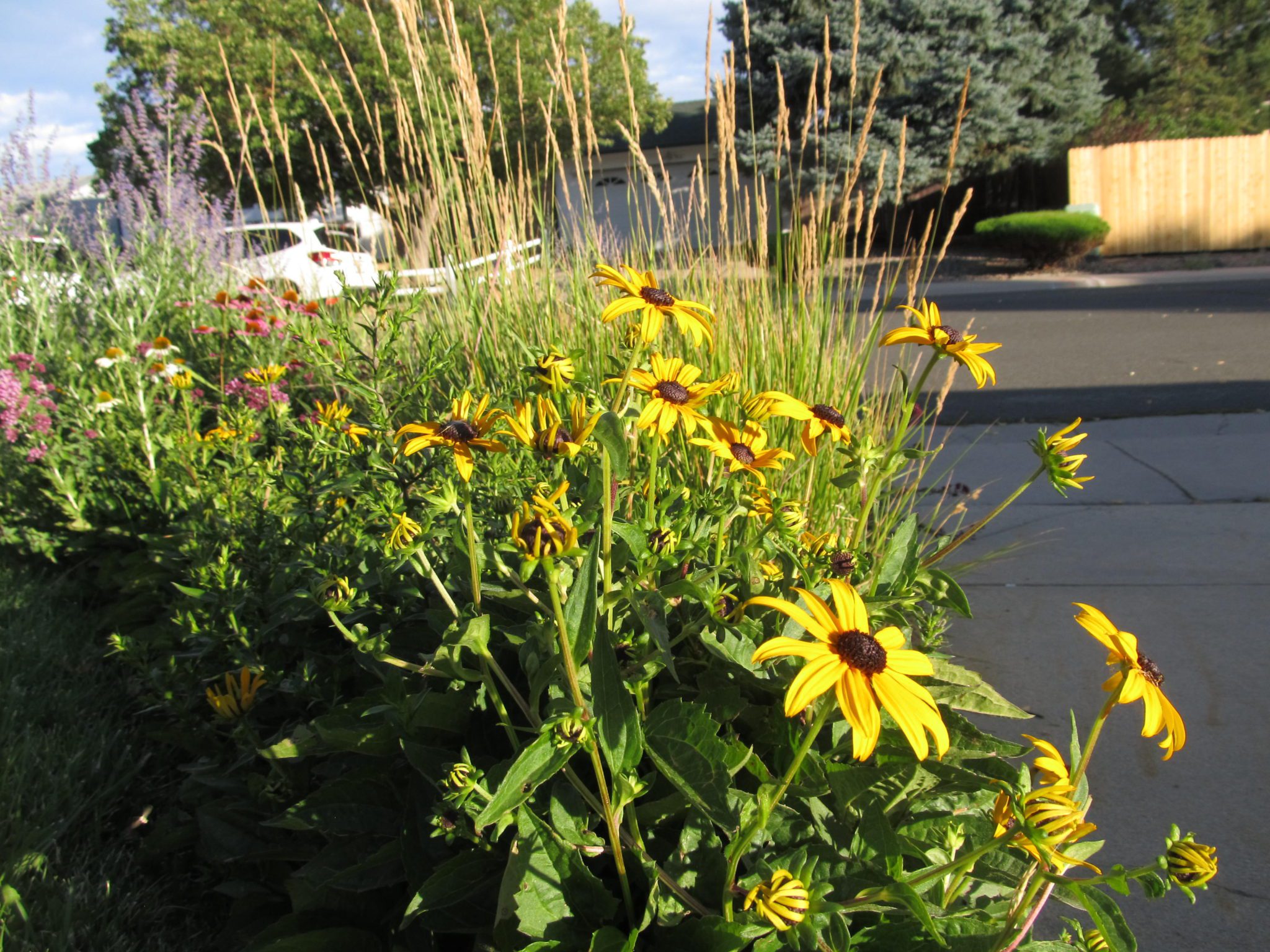
Monty Don has inspired me to come up with a name for my own garden. I am pondering ‘The Gardens at Ironing-board Flats’. What do you think?

